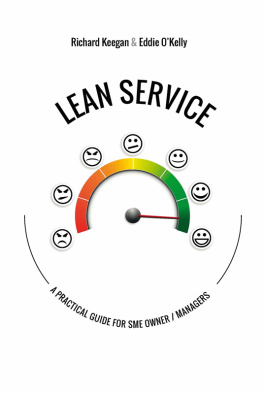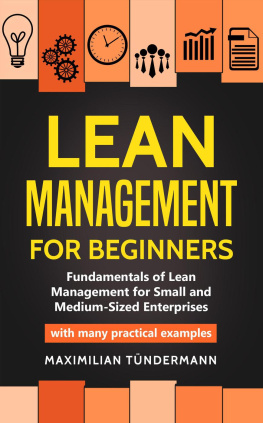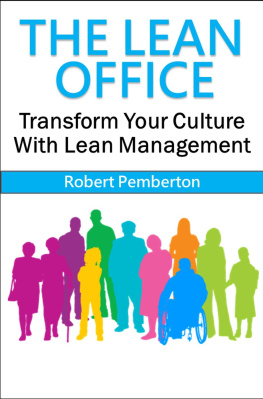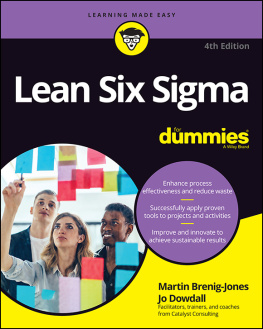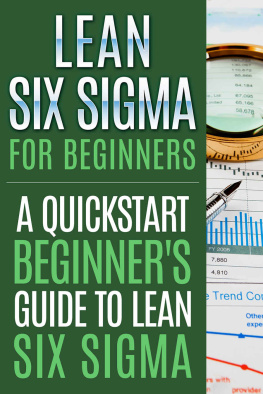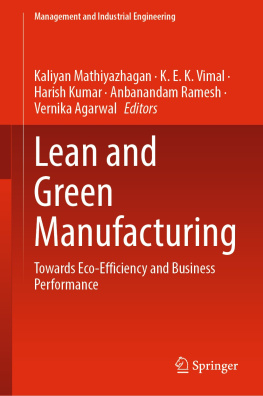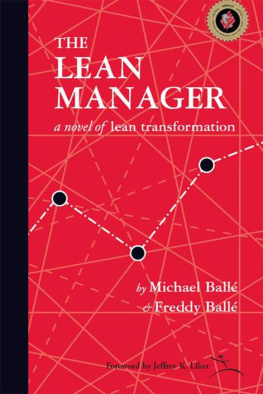Richard Keegan works for Enterprise Ireland, helping Irish businesses improve their efficiency and effectiveness. He is well-known internationally for his work and teaching on benchmarking and best practice. He has several published business books to his name, which have been translated into Italian and Portugese, as well as being published in India.
His account of his participation in the Iron Butt Rally 2007 11,000 miles in 11 days across America on his Honda Gold Wing motorcycle is told in BUTT SERIOUSLY: First Time Out on the Iron Butt Rally: An Irishmans Story, published by Oak Tree Press as an ebook ISBNs 978 1 904887 50 8 (PDF), 978 1 904887 51 5 (ePub), ISBN 978 1 904887 52 2 (Kindle).
INTROScope is a simple benchmarking tool, designed to introduce people working in a wide variety of businesses and organisations to the power of benchmarking.
Using a sample of questions drawn from some of the best available benchmarking tools, INTROScope invites you (perhaps with a few colleagues) to assess some of your organisations key practices and performance aspects against a model of best practice, and to discover how your assessments compare to those of hundreds of other organisations. Start by confirming the scope of your assessment, which could be a department, site or the whole organisation it will work at any of these levels, so long as you are consistent.
If you find INTROScope and its outputs useful, ask about the range of more sophisticated benchmarking tools from which you can select one suitable for your needs. You will have to invest a little more effort, but you are likely to find this well worthwhile as benchmarking results help you to shape your improvement plans with confidence.
For each topic in the questionnaire (below), you choose the statement most appropriate to your organisation / site. This gives you a score the number in the dark band above: 1, 3, or 5. Sometimes, you may feel that your organisation is between two statements. In this case, choose the number between the two statements: 2 or 4.
If you see differences across your organisation, where some areas are more advanced than others, it is best to assess an average position. For example, a pilot implementation does not warrant the maximum score of five. You are trying to assess your position TODAY, not where it will be when current plans and projects deliver the results you expect. Benchmarking will only ever be of value to you if assessments are true reflections of the practices and performance of the organisation as it is NOW.
INTROScope questions are drawn from the longer questionnaire scripts used by five of the best available benchmarking tools:
| Topic | | | |
|---|
| 1 | Role of leadership in developing customer-focused culture | Little attention paid by top management | Supported by top management, delegated down | Top management visibly promotes and actively participates |
| 2 | Service/product meeting customer needs | Service/product does not consistently meet customer needs | Service/product generally meets customer needs | Service/product produces results that consistently meet and exceed customer needs |
| 3 | Quality performance, relative to industry | Poor overall quality record, compared to industry | Achieved levels about equal to the industry standard | Achieved a reputation for excellence in quality services and products that is notable in the industry and significantly better than the competition |
| 4 | The time it takes | We lose some business because it takes longer than customers want to wait to make/ deliver our products/services | Our speed is neither a strength nor a weakness for us in gaining business | We win business because we are quicker than the competition |
| 5 | Quality mind-set | Problems will happen. Deal with customer complaints. | Inspection and control with some data collection. | Total quality mindset. Quality is everyones job, and employees take ownership of process. |
| 6 | Training and education | Ad hoc, no plan | Some skills and development training for all employees | More than 5% of each employees time devoted to training with strong emphasis on quality |
| 7 | Problem-solving | Crisis mindset, confusion, finger-pointing | System for recognizing and responding to problems, emphasis on process not people, teamwork | Problems viewed as opportunities for further improvement, employees empowered to correct |
| 8 | Employee morale | Pressure and stress, anxiety about future, cynicism | Stability, status quo or moderate progress, occasional stress situations | Controlled environment, growth opportunities, consensus on direction, optimism and confidence |
| 9 | Innovativeness | No recent innovations in service/product concept and process | Regular innovations in service/product and an occasional major breakthrough innovation | Many innovations; recognised as a leading innovator in industry/segment |
| 10 | New service/product design and development process | No identifiable process for improving existing services/products or for new service development | Ad hoc basis; services/products developed and improved regularly but no set process | Formal and reproducible process for developing new and enhancing existing services/products |
| 11 | Management of business processes | No attention to business processes (for example, customer billing process) | Key processes defined and mapped; initial steps taken toward redesigning and improving these processes | Key business processes managed and redesigned where needed; process owners in place; process performance measured |
| 12 | Reliability of equipment and machinery | We only maintain things when they break down. Perhaps this is why we have frequent problems with equipment (computers; equipment used in delivery of our products/services) | Maintenance is carried out to the makers instructions. We plan time for this in order to reduce the risk of failure. We have adequate data security and back-up procedures | We take maintenance seriously. We try to anticipate problems and are prepared to invest time/money to prevent them. The people who use the equipment day to day take responsibility for looking after it. |
| 13 | Housekeeping | Cluttered and disruptive | Organised | Clean, orderly, minimum work-in-progress, self-maintained, always tour ready. |
| 14 | Relationships with Suppliers | Many vendors, seek low bid, no certification programme | A few certified suppliers, Just-in-Time for hardware and consumables | Partnerships with certified suppliers, Just-in-Time deliveries, involved in product/service and process design improvements |
| 15 | Product/ Operating costs | Product/Operating costs greater than the competition | Competitive | Product/ Operating costs lowest in the industry |
| 16 | Level of customer satisfaction | Customer expectation often not met; some customer complaints | Little customer dissatisfaction; expectations met, but rarely exceeded | Many delighted customers; customers will enthusiastically recommend the service/product to others; expectations often exceeded |


